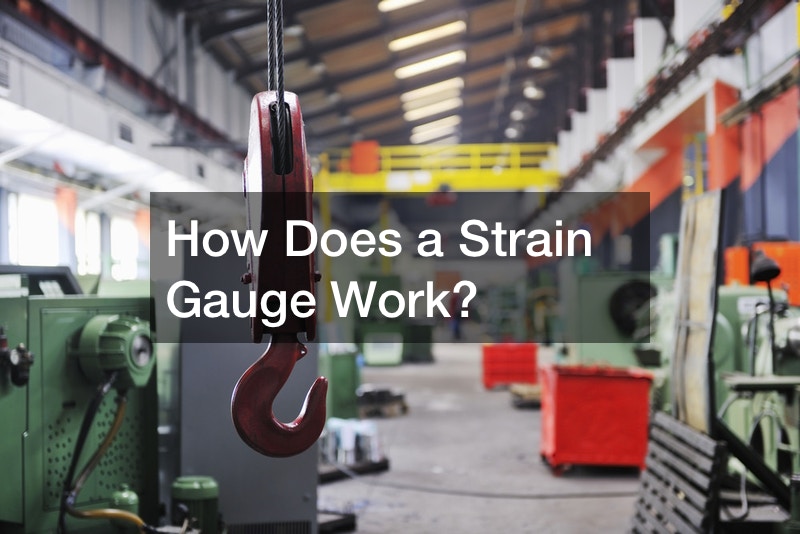How Does a Strain Gauge Work?

If an object is stretched or compressed, then it has some strain on it. Strain gaging is often used in the manufacturing of transducers. Experimental stress analysis is often done on certain pieces of equipment such as a commercial plane to find out where the stress is and how much of it there is to certain parts of the item.
A fatigue life analysis and a residual stress analysis are often done to get the measurements of how the strain can affect the item being tested.
The structure of a strain gauge includes a covering layer, a carrier, a measuring grid, and connectors. If a strain gauge becomes depressed, it will have less electrical resistance. When a strain gauge is stretched, it will have more electrical resistance. The change in electrical resistance, either for more resistance or less, allows the strain gauge to measure the resistance and therefore the amount of strain that is put on the object. Strain gauges come in many different designs, sizes, and shapes for measuring the amount of strain on different objects. These gauges can be incredibly helpful for figuring out how much strain an object can be under and still be intact and workable.




